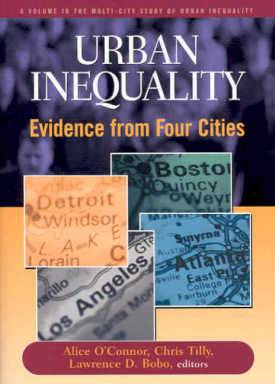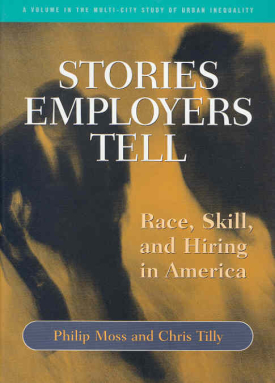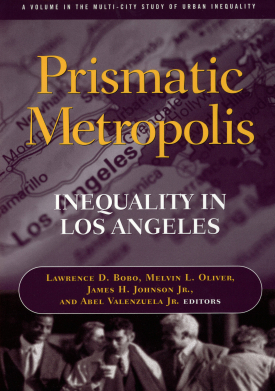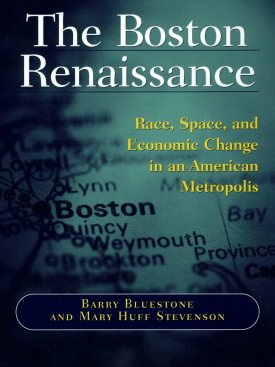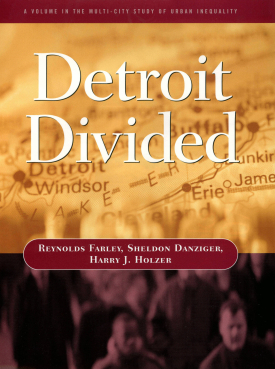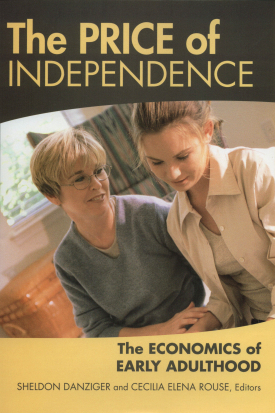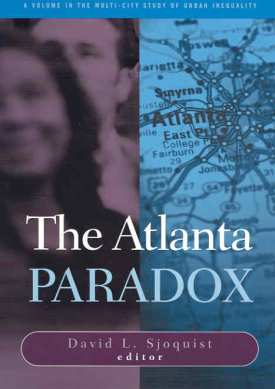
The Atlanta Paradox
About This Book
Despite the rapid creation of jobs in the greater Atlanta region, poverty in the city itself remains surprisingly high, and Atlanta's economic boom has yet to play a significant role in narrowing the gap between the suburban rich and the city poor. This book investigates the key factors underlying this paradox.
The authors show that the legacy of past residential segregation as well as the more recent phenomenon of urban sprawl both work against inner city blacks. Many remain concentrated near traditional black neighborhoods south of the city center and face prohibitive commuting distances now that jobs have migrated to outlying northern suburbs.
The book also presents some promising signs. Few whites still hold overt negative stereotypes of blacks, and both whites and blacks would prefer to live in more integrated neighborhoods. The emergence of a dynamic, black middle class and the success of many black-owned businesses in the area also give the authors reason to hope that racial inequality will not remain entrenched in a city where so much else has changed.
DAVID L. SJOQUIST is professor of economics in the Andrew Young School of Policy Studies at Georgia State University.
CONTRIBUTORS: Ronald H. Bayor, Irene Browne, Obie Clayton Jr., Nikki McIntyre Finlay, Christopher R. Geller, Gary Paul Green, Roger B. Hammer, Truman A. Hartshorn, Cynthia Lucas Hewitt, Keith R. Ihlanfeldt, Sahadeo Patram, Travis Patton, David L. Sjoquist, Mark A. Thompson, and Leann M. Tigges
A Volume in the Multi-City Study of Urban Inequality

